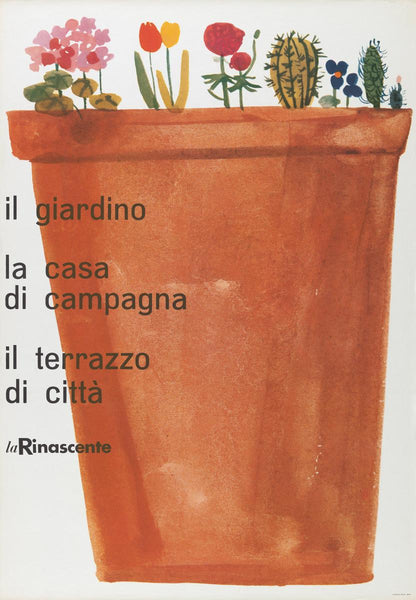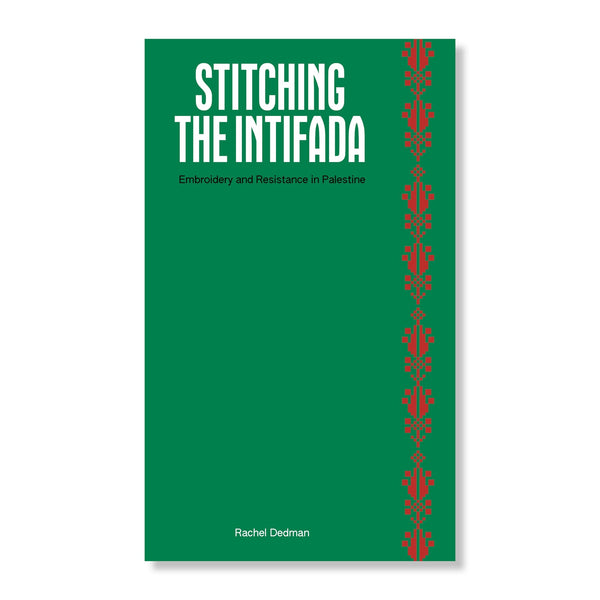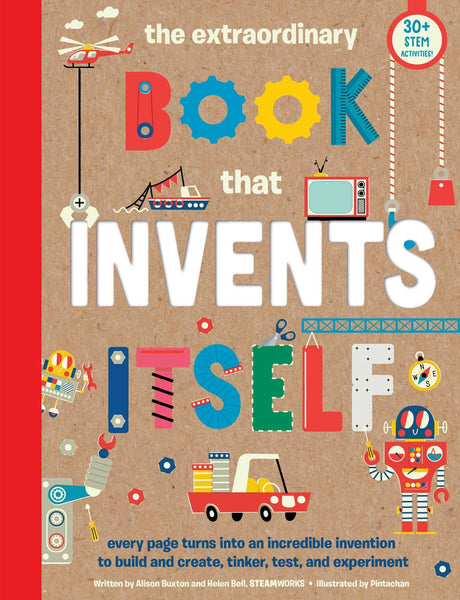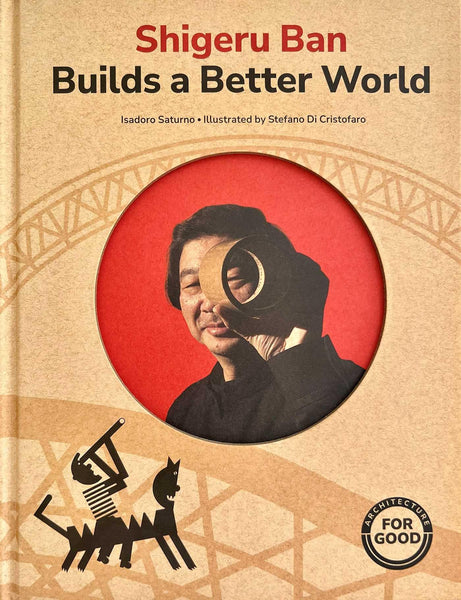

Arquine Magazine No.93 | Playgrounds
Arquine Magazine No.93 | Playgrounds
$10.00
Arquine, 2020
SKU: S02825
The architecture and play tandem opens up different readings that range from design as a game — as entertainment — free from programmatic ties, to the design of playful elements and spaces formed to play. In many cases, both paths easily converge in free architectural creations that encourage playful participation, eventually with formal licenses or grotesque representations. The reference to Aldo van Eyck is a must and its hundreds of playgrounds are a starting point for any contemporary proposal. As Francisco Pardo mentions in these pages, for van Eyck the playground equipment must belong to the city, to the point of disappearing in the everyday and becoming part of it, like the lamp posts or the sidewalk. For others, it is the opportunity to incorporate games of formal experimentation without industrial design, such as the swing or the slide. And there is also the possibility of incorporating plastic integration - such as urban art - that the citizen can activate. Some rely on geometry, others carry minimalist references from Carl Andre or Donald Judd and some borrow images that refer to open worlds of playful and virtual space, such as Minecraft. Gambling spaces —says Torolab— that “offer infinite possibilities, drawn from understanding the way of seeing the life of another player and accomplice, which progresses from interpersonal to conceptual relationships, until they become part of the public domain with real impact. " In any case, there is consensus that the design of the public and recreational space, the play space, must be indeterminate. And the vacant land is the paradigm of the gaming space in the city, both for its potential and for its lack of definition. Hence the question: how can we imagine that design helps to implement the potential of these spaces while maintaining a certain indeterminacy?
95 pp., PB., English/Spanish















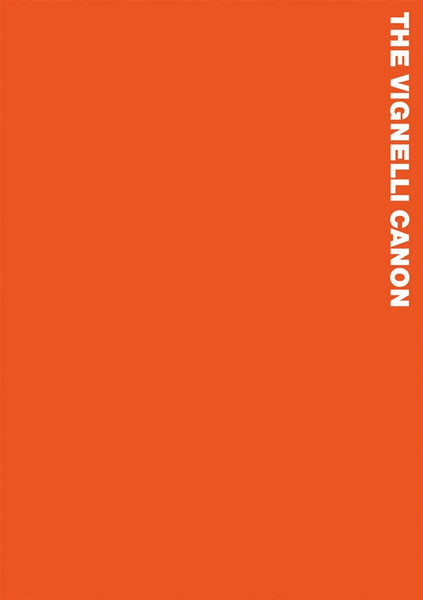



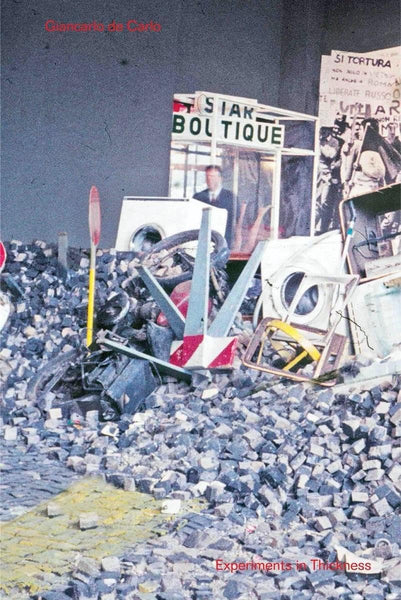




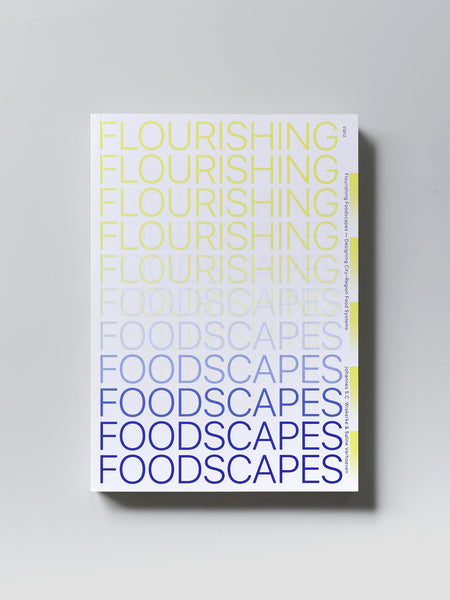



![no text [Peace between Nations] (poster)](http://stoutbooks.com/cdn/shop/files/download_4_grande.jpg?v=1734127780)



